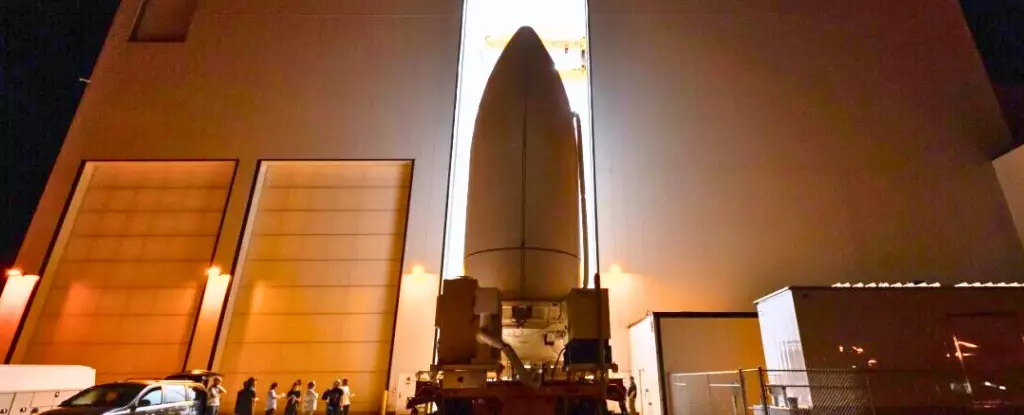Amazon is on the verge of a transformative milestone with its Project Kuiper, as it gears up to launch the first full batch of 27 satellites—a pivotal moment that could reshape the future of global internet access. This launch, dubbed Kuiper Atlas 1, is not merely a technical endeavor for Amazon but represents a strategic foray into a competitive arena dominated by SpaceX’s Starlink. Scheduled for April 9, 2024, from Cape Canaveral, Florida, the mission will utilize an Atlas V rocket, expertly managed by the United Launch Alliance (ULA)—a powerhouse collaboration between Boeing and Lockheed Martin. This partnership is noteworthy as it combines industry expertise to provide reliable satellite deployment.
A Competitive Arena
With the launch of Project Kuiper, Amazon decisively enters a battlefield that has seen intense competition among major players. Elon Musk’s Starlink, which has already established a significant presence with over 6,750 operational satellites since its 2019 debut, represents a formidable benchmark. Despite Starlink’s advantages, Amazon’s Project Kuiper aims to offer similar high-speed internet service, particularly targeting remote and underserved regions. The ambitions of this project are underscored by the plan to deploy more than 3,200 satellites into low Earth orbit—an extensive constellation designed for global outreach. As such, this launch is about more than just satellite technology; it’s about connecting the unconnected and democratizing access to information worldwide.
The Promise of Enhanced Connectivity
What distinguishes Project Kuiper from its competitors is not just scale but mission-driven intent. The project aspires to deliver not only speed and efficiency but also reliability in areas where connectivity has traditionally been a luxury. This includes conflict zones and areas that have recently experienced natural disasters. The promise of “high-speed, low-latency internet” has the potential to significantly impact lives by providing essential services, educational resources, and emergency communication lines that are critical in times of crises. Amazon’s investment in Project Kuiper signals a belief in technology as a vehicle for social good, positioning the firm as not only a commercial entity but also a catalyst for change.
The Broader Landscape of Satellite Internet
Amazon’s entry into the satellite internet realm cannot be viewed in isolation. It must be considered alongside other ambitious initiatives, such as China’s GuoWang constellation, which plans to launch up to 13,000 satellites, and the European Union’s Iris project, which aims to deploy around 170 satellites. This burgeoning sector, teeming with diverse players including Canadian company Telesat and German start-up Rivada, indicates that the future of global internet access is becoming increasingly crowded. As each player carves out its niche, competition will intensify, driving innovations that could ultimately benefit consumers around the globe.
Looking Ahead
As we approach the launch date, the question arises: Can Amazon’s Project Kuiper truly challenge the incumbency of Starlink and others? The forthcoming launch represents more than technical specifications; it’s a bold statement about Amazon’s commitment to leveraging its resources for greater connectivity. The success of this video-game-internet saga will largely depend not only on deployment efficiency but also on the company’s ability to navigate the complex regulatory landscapes that govern space operations. As Project Kuiper sets forth on its journey, the satellite internet landscape may witness a vigorous reshuffling of power dynamics, with far-reaching implications for the future of global communication.

